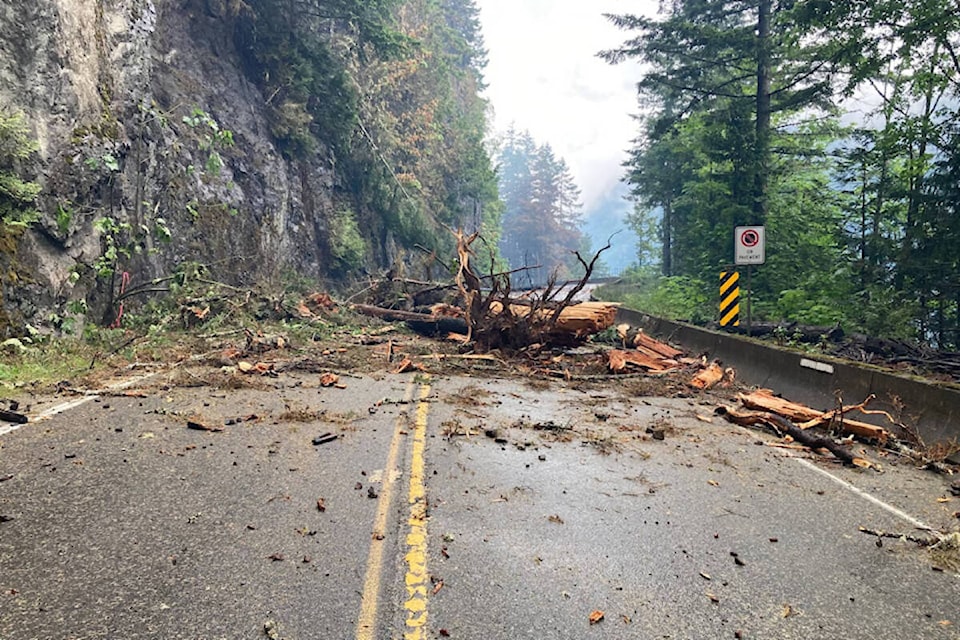Wildfires were a common occurrence in many parts of British Columbia during the summer.
The Cameron Bluffs wildfire along Highway 4 on Vancouver Island, which started on June 3, devastated close to 250 hectares of forested land.
The Town of Qualicum Beach has taken steps to learn more about ways to mitigate wildfires in the community. It has hired an expert to provide information to the town and to reduce the community’s vulnerability to wildfires.
Mayor Teunis Westbroek specifically emphasized the need for residents to know what they can do individually to reduce the risk of wildfires.
“We’ve seen it last summer, this summer” said Westbroek. “It’s getting worse all the time and for all of us to be more aware of what are options are to reduce the risk of fire, I think, is critical to Qualicum Beach and all of us for safety of our residents.”
Devon Barnes, an experienced forester and wildfire risk reduction co-ordinator for South Natural Resource District, appeared as a delegation at council’s regular meeting on Oct. 11. He provided valuable information on ways to prevent wildfires.
“Essentially what we’re trying to do is, we’re trying to reduce the fuel on the landscape or around values at risk to make the fires less intense and easier to suppress and safer for firefighters,” said Barnes. “Typically, our fuel treatments involve taking an unmanaged forest that can be more susceptible to crown fire and changing it to a surface fire oriented force that firefighters can safely action.”
Two areas chosen for the wildfire risk reduction plan in Qualicum Beach are the Ambulance Station and Eagle Park Health Care facility on Jones Road, both of which are surrounded by trees and are near the community park trails.
“That site was selected because of the critical infrastructure of those two values,” Barnes explained. “And so what we’re trying to do there, is reduce the amount of fuel while still maintaining the ecological integrity of the site.”
Barnes said they plan to remove some of the dangerous trees at the site. This will be followed by thinning of trees that are either suppressed or immature.
Another preventative measure is to reduce fuels around propane or fuel tanks, as it could prevent firefighters from doing their job if they believe it is not safe.
“The most important thing about this site is really preserving the ecological integrity and I think that’s where we kind of come from an ecosystem based approach where we are really looking at the precautionary principle,” said Barnes. “So we’re going to have iterations on this site.”
It will be slow transition said Barnes as they also have to consider wildlife habitats in the area.
Coun. Scott Harrison indicated wildfires are an environmental concern as it also impacts the community and the province’s emission levels. He said the emissions from wildfires is triple of the emissions from every source in the combined British Columbia economy.
“It wipes out all the progress we’re making everyhwere else,” said Harrison. “It’s not only just to protect rural communities but it’s genuinely a way to reduce our emissions. As a province, to get ahead of wildfires is to try to prevent big wildfires. Look at the presentation we had earlier, it’s not just for the safety of the building but it’s actually to meet our environmental targets. There’s no way we can keep having these big wildfires and meet our goals.”
